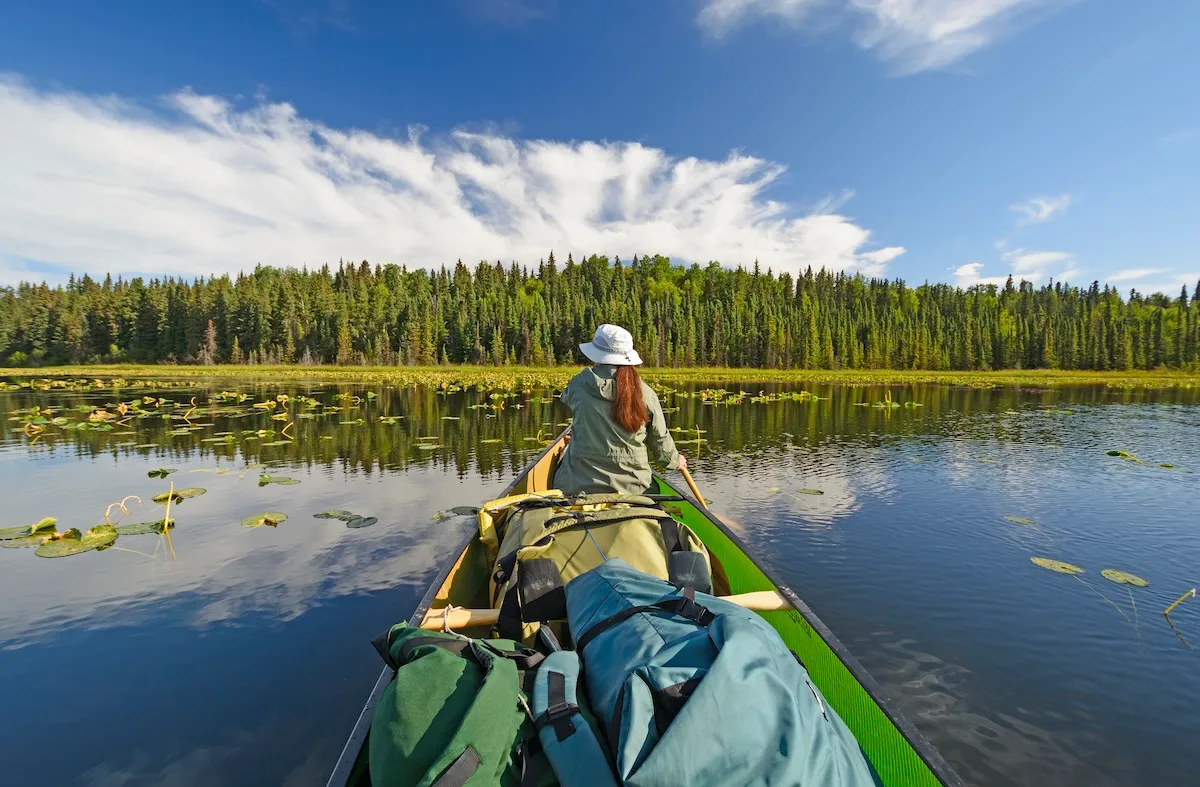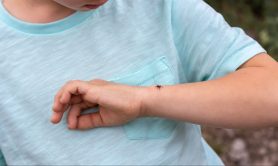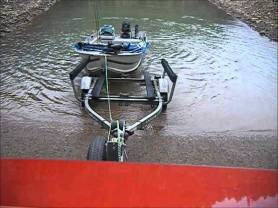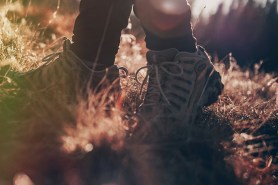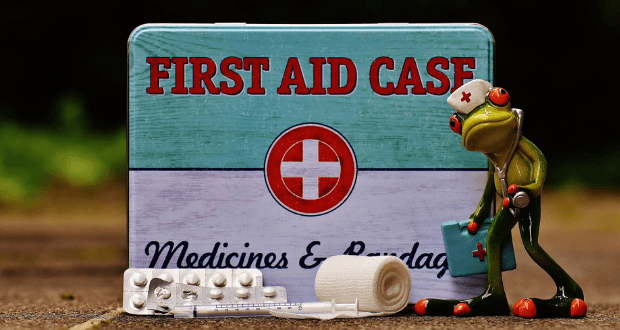

One of the main reasons people go hiking and camping is to get away from the hectic urban and suburban world of their everyday lives. Getting out in nature, miles from civilization, and enjoying the company of wild animals and crickets.
Videos by Outdoors
Of course, when you’re outside of civilization, you don’t just escape the pitfalls of modern life. You also give up the benefits, like hot and cold running water, air conditioning, and easy access to medical care.
Most outdoor enthusiasts are fully prepared for the first two sacrifices, but nobody gets excited about how far they are from the nearest emergency room. Here’s what you need to know if worse comes to worst and you need to treat injuries on the trail.
Have a First Aid Kit
A first aid kit is essential gear to pack. Here’s a quick checklist of the basics you should have with you on the trail:
● Antiseptic wipes
● Antibacterial ointment
● Adhesive bandages
● Butterfly bandages
● Gauze pads
● Nonstick sterile pads
● Medical adhesive tape
● Rolled gauze
● Ace bandage
● Blister treatment
● Insect sting spray
● Hot and cold compresses
● Antihistamine
● Fine-point tweezers
● Safety pins
We’re also assuming you have hand sanitizer and a knife since those are necessities on any outdoor excursion. Now that you’re all kitted out, you’re ready to face the perils of the wilderness.
Common Trail Injuries and How to Treat Them
What we’re discussing here is first aid. We’re not going to tell you how to perform an emergency tracheotomy or limb amputation. We’re discussing how to get yourself or your camping buddy sufficiently bandaged up to get to a qualified medical professional. That’s why they call it “first” aid, not “best” aid.
With that said, let’s look at some of the most common injuries you’re liable to run into in the field.
Sprains
 We haven’t seen the data, but if sprained ankles aren’t the most common hiking injury in the US, they’re surely in the top 3. Nothing ruins your weekend of backpacking quite as much as an ankle sprain. But when it happens, there’s a handy acronym to remember: RICE. This stands for:
We haven’t seen the data, but if sprained ankles aren’t the most common hiking injury in the US, they’re surely in the top 3. Nothing ruins your weekend of backpacking quite as much as an ankle sprain. But when it happens, there’s a handy acronym to remember: RICE. This stands for:
● Rest. You just hurt yourself, so get your weight off that injured ankle. If you have no choice but to hike out, at least give yourself a few minutes, and find a stick – or a friend – to lean on if at all possible.
● Ice. Use the cold pack in your first aid kit to ice down your sprained joint. Ideally, you want to do this for 20 minutes an hour, but do the best you can under the circumstances.
● Compression. Wrap the Ace bandage tightly around your ankle or knee. You don’t want your toes to turn blue, but a nice tight wrap can help keep your tendons from swelling more than they otherwise would.
● Elevation. When you’re not forced to be upright, keep your sprained joint elevated higher than your heart. This will reduce blood flow, and as a consequence, it will also reduce inflammation.
Broken Bones
Here, we must once again repeat our warning about first aid being a temporary measure. If you or one of your hiking buddies breaks a bone, they need medical attention. But you may need to perform some first aid in order to get out of the woods as quickly as possible.
To stabilize a broken limb, use paracord or tape to wrap several sturdy sticks around it, creating a splint. If you’re backpacking with a tent, things are even easier; you can use your tent poles as an emergency splint.
Bee Stings
 For a sting from a honeybee or bumblebee, look for the stinger, then extract it using your tweezers and apply insect bite spray to reduce swelling and itching. If you were stung by a wasp or a hornet, there won’t be any stinger left over, so just apply your bite spray and you’ll be good to go.
For a sting from a honeybee or bumblebee, look for the stinger, then extract it using your tweezers and apply insect bite spray to reduce swelling and itching. If you were stung by a wasp or a hornet, there won’t be any stinger left over, so just apply your bite spray and you’ll be good to go.
If anyone in your group has a known severe allergy to insect stings, they should be carrying an epi-pen at all times. If you carry an epi-pen, make sure at least one of your hiking buddies knows where it is and how to use it.
Food poisoning
Even the most experienced outdoor enthusiasts can be tempted by some delicious-looking berries or the questionable leftover camp food that’s still sitting out in the morning.
If someone in your group is suffering from food poisoning, the most important thing is hydration. Diarrhea and vomiting both cause a person to lose a lot of fluids, so it’s essential to have a supply of fresh water. Always make sure you’re running your water through a working charcoal filter, or, if your filter has failed, you can boil all water before using it for drinking or cleaning wounds.
In addition to these skills, make sure you check out our 5 Steps To An Emergency Response Plan before you even leave the house. Safety first!

